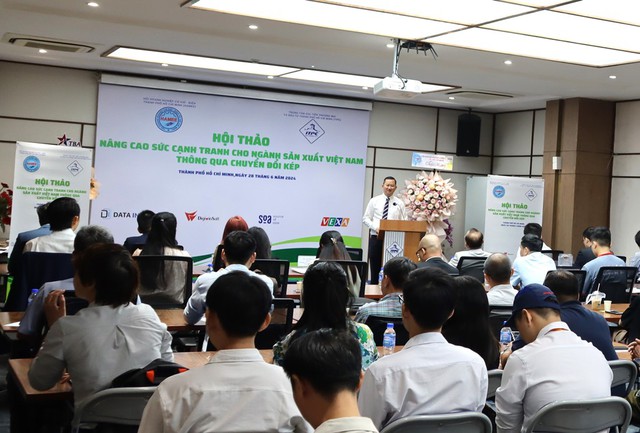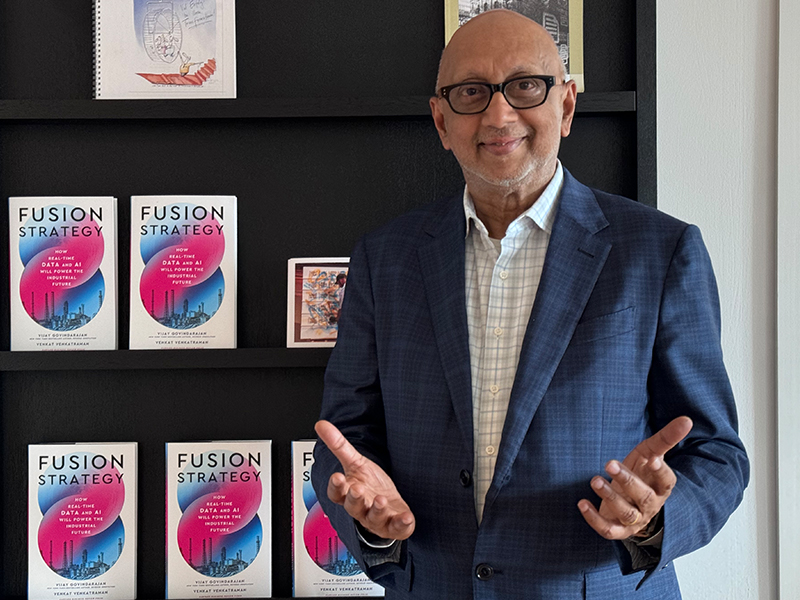

The COVID-19 pandemic has accelerated the need for companies to combine physical and digital domains to create new sources of competitive advantage. Venkat Venkatraman, author and professor in Information Systems at the Questrom School of Business, Boston University, explains the fundamentals of fusion strategy and highlights the next wave of digital shifts in asset-heavy, information-rich sectors such as transportation, agriculture, and healthcare [837fdf9d].
Companies like Tesla and Google have leveraged real-time data to diversify their businesses and create a virtuous cycle of data-driven improvement. They have gone beyond traditional attributes and focused on products-in-use data to develop hyper-personalized recommendations. This approach has allowed them to stay ahead of the competition and continuously improve their offerings [837fdf9d].
India has the potential to become a fusion leader by embracing advanced manufacturing practices and digital infrastructure. Venkatraman emphasizes the importance of partnerships and overlapping ecosystems in gaining a competitive advantage. He believes that India can leverage its strengths in manufacturing and digital technologies to drive innovation and create value [837fdf9d].
In the new economic environment, organizations that embrace a fusion approach must understand how their products operate in real-time. This requires collecting and analyzing data to gain insights and make informed decisions. Additionally, companies must think beyond narrowly defined functions and explore new ways to integrate physical and digital elements in their operations. Finally, attracting talent fit for the fusion future is crucial for organizations to stay competitive and drive innovation [837fdf9d].
Combining digital and green transformations, also known as “dual transformation,” has become an urgent requirement for businesses to achieve their goals and fulfill their social responsibility. The Investment and Trade Promotion Centre of HCM City (ITPC) emphasizes the challenges faced by firms in achieving dual transformation, including database establishment, data analysis, usage and security, human resources, transformation support systems, and finding the right solutions for their businesses. The dual transformation could help the manufacturing sector come up with synchronized plans, attract more foreign investment, and enter deeper into global production value chains. The seminar on “Enhancing the competitiveness of Việt Nam's manufacturing industry through dual transformation” was organized by ITPC and HCM City Association of Mechanical - Electrical Enterprises (HAMEE) [0bb2b9cd].